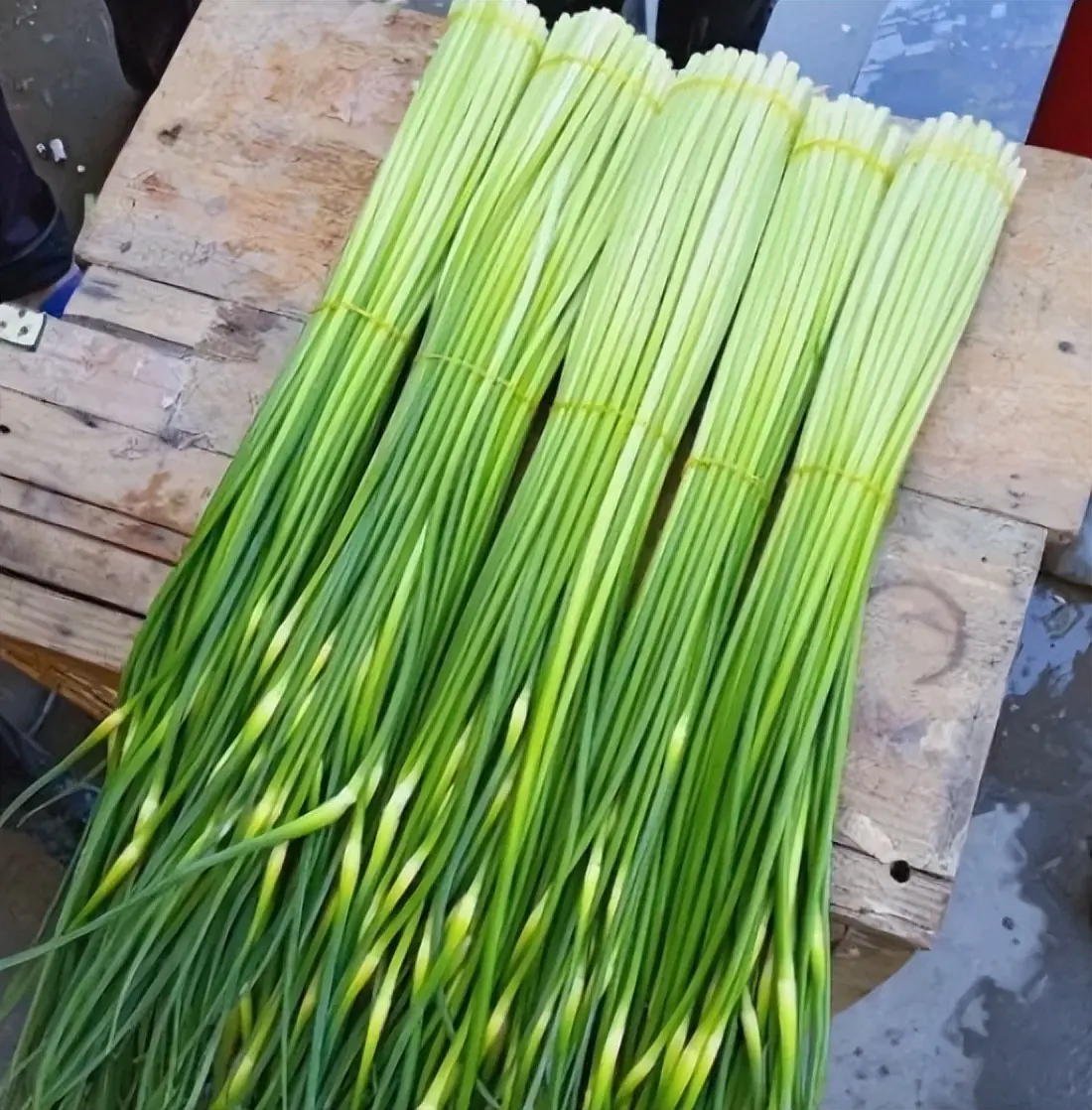
4 Types of Plants That Snakes Are Crazy About
Snakes are mysterious creatures that often invoke fear and anxiety in many people. While they play a vital role in the ecosystem by controlling pest populations, the mere sight of a snake in your home or garden can send shivers down your spine. Surprisingly, certain plants in your garden or home can attract snakes, particularly if they provide shelter, food, or moisture. If you want to ensure a peaceful and snake-free environment, it's important to be aware of the plants that may entice these reptiles. Here are four types of plants that snakes are known to be attracted to.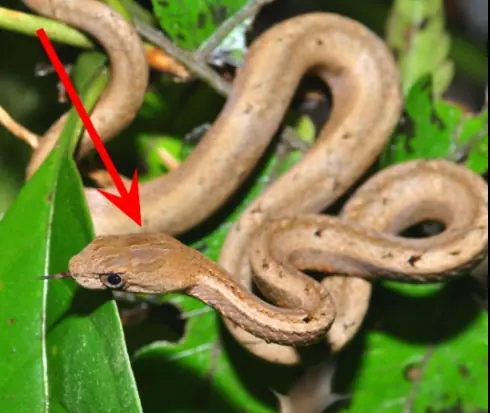
1. Tall Grass and Groundcover Plants
Snakes are naturally inclined to seek out areas with long grass and dense groundcovers, as these plants provide an ideal hiding place for them. The dense foliage and tall grass offer both protection and a great place for snakes to hunt for small prey, such as rodents and insects. Grass species like Bermuda grass or other tall ground covers can act as a sanctuary for snakes, providing them with cover from predators while they search for food.
Why Snakes Are Attracted to Them:
-
They provide hiding spots for snakes, making it easier for them to feel safe.
-
Tall grasses attract rodents, which are a major food source for snakes.
-
Moisture retention in these areas creates a favorable environment for snakes.
What You Can Do:
-
Regularly mow your lawn to keep the grass short and discourage snakes from taking refuge there.
-
Trim back any overgrown areas, particularly around the edges of your garden.
-
Avoid planting dense groundcovers that could become a snake haven.
2. Mulberry Trees
Mulberry trees may provide shade and fresh fruit for humans, but they also attract snakes. The berries are a food source for many animals, including rodents, which, in turn, attract snakes. Additionally, mulberry trees provide a great amount of shelter, particularly in areas where the branches touch the ground, creating a perfect hiding place for snakes.
Why Snakes Are Attracted to Them:
-
Mulberries attract rodents and insects, which snakes hunt for food.
-
The dense canopy of the tree provides shelter, making it a perfect place for snakes to hide and stay safe.
-
Fallen fruits and debris under the tree offer hiding places and opportunities for snake movement.
What You Can Do:
-
Regularly clear up fallen fruits and debris under the tree to reduce potential snake habitats.
-
Trim branches that hang low to the ground, as these could be hiding spots for snakes.
-
Consider replacing mulberry trees with plants that don't attract rodents as much.
3. Ivy and Other Vining Plants
Vining plants like English ivy and other creeping varieties can be highly attractive to snakes. These plants grow rapidly and create dense, tangled masses of foliage that are ideal for snakes to hide in. They also provide moisture and shelter, both of which are attractive to snakes seeking a cool and safe environment. Ivy often spreads along the ground, offering snakes the perfect hiding spot during the day.
Why Snakes Are Attracted to Them:
-
The dense foliage of vining plants offers excellent hiding spots for snakes.
-
Vines often grow along fences or walls, creating safe passageways for snakes to travel.
-
The shade and moisture provided by the plants help create a cool, comfortable environment for snakes to live in.
What You Can Do:
-
Regularly trim back ivy and other creeping plants that are growing near your home or garden.
-
Install barriers or fencing around areas where these plants are growing to keep snakes from entering.
-
Replace these plants with low-growing shrubs or flowers that don't attract snakes.
4. Succulent Plants and Cacti
Although succulents and cacti are often considered low-maintenance and drought-tolerant, they can also attract snakes. These plants provide a steady supply of shelter in the form of their thick, fleshy leaves and spiny exteriors. The moist soil in which succulents and cacti thrive can also be an attractive environment for certain species of snakes. Furthermore, the areas surrounding these plants often harbor small rodents, making them prime hunting grounds for snakes.
Why Snakes Are Attracted to Them:
-
The dense clusters of succulent plants create hiding spots that snakes can utilize for protection.
-
These plants often thrive in areas where moisture is present, attracting snakes seeking hydration.
-
Rodents and insects, which snakes feed on, are attracted to the environment around succulents and cacti.
What You Can Do:
-
Be mindful of the types of succulents and cacti you plant around your home.
-
Keep the area around these plants clear of debris, as it can attract snakes looking for food or shelter.
-
Avoid planting succulents in areas where snakes may have easy access to shelter and food.
Conclusion
While it may seem like an impossible task to completely rid your property of the factors that attract snakes, understanding which plants are most likely to draw them in can help you create a safer, more peaceful environment. By removing or replacing certain plants, maintaining your garden, and ensuring that areas with potential snake attractants are cleared regularly, you can reduce the chances of snakes taking refuge in your yard. It’s essential to strike a balance between enjoying nature and keeping your home safe, and with a little effort, you can ensure a snake-free and peaceful living space.
News in the same category

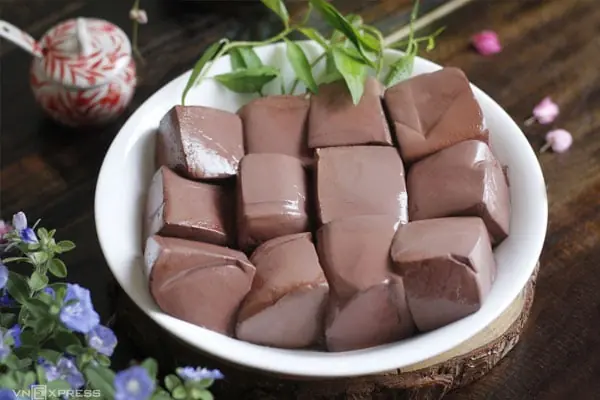
The Part of the Pig Often Dismissed as “Dirty” and Thrown Away: Turns Out It’s a “Miracle Food” with 10 Times More Iron Than Meat

An 8-Year-Old Girl Complained of “Sto.mach Pain” Every Friday Afternoon

Eating Eggs Can Be Harmful for These 5 Groups of People: Better Stay Away!

Early detection colon polyps: The key to effective can.cer prevention

Think it’s harmless? The risks of wearing bras to sleep might surprise you

What dise:ase is gr.oin pa.in a symptom of?
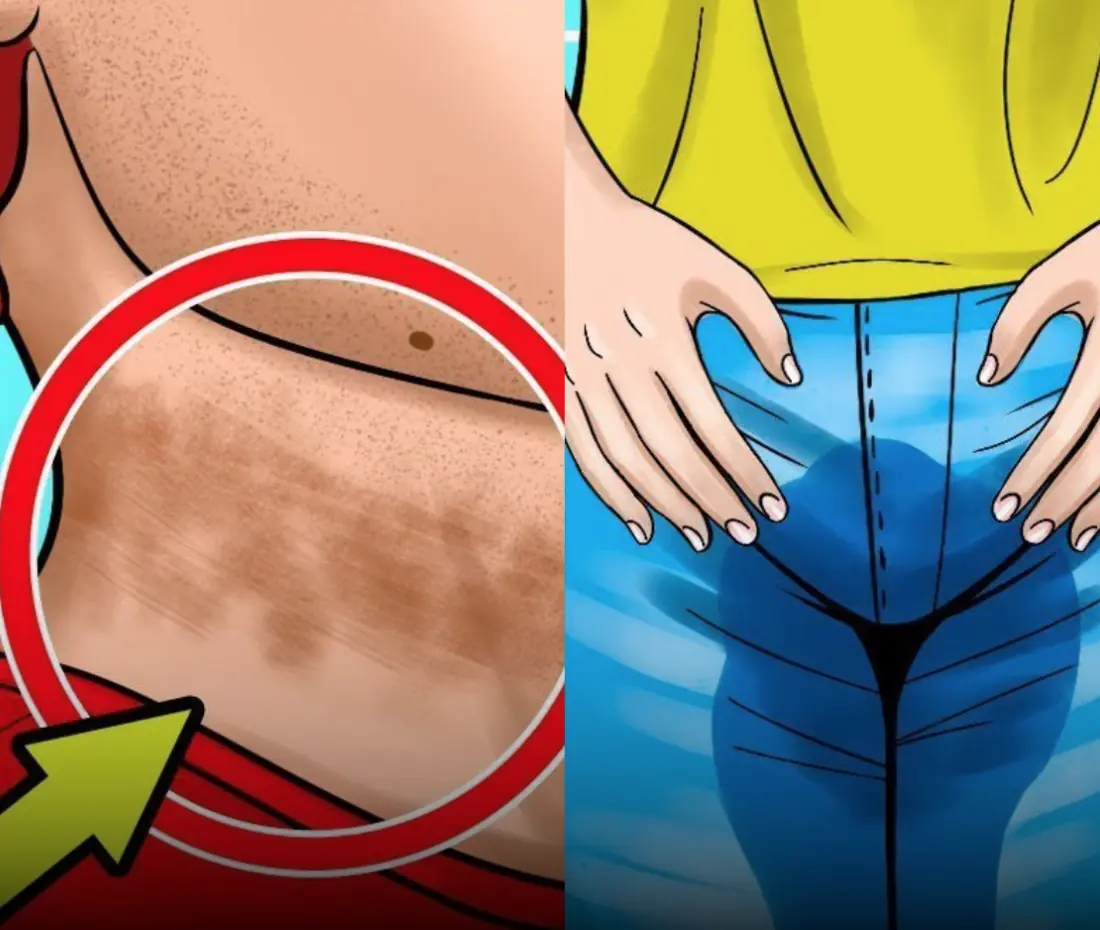
These 10 symptoms indicate latent diabetes

What sleeping on the left side does for our brain, stomach and lymphatic health
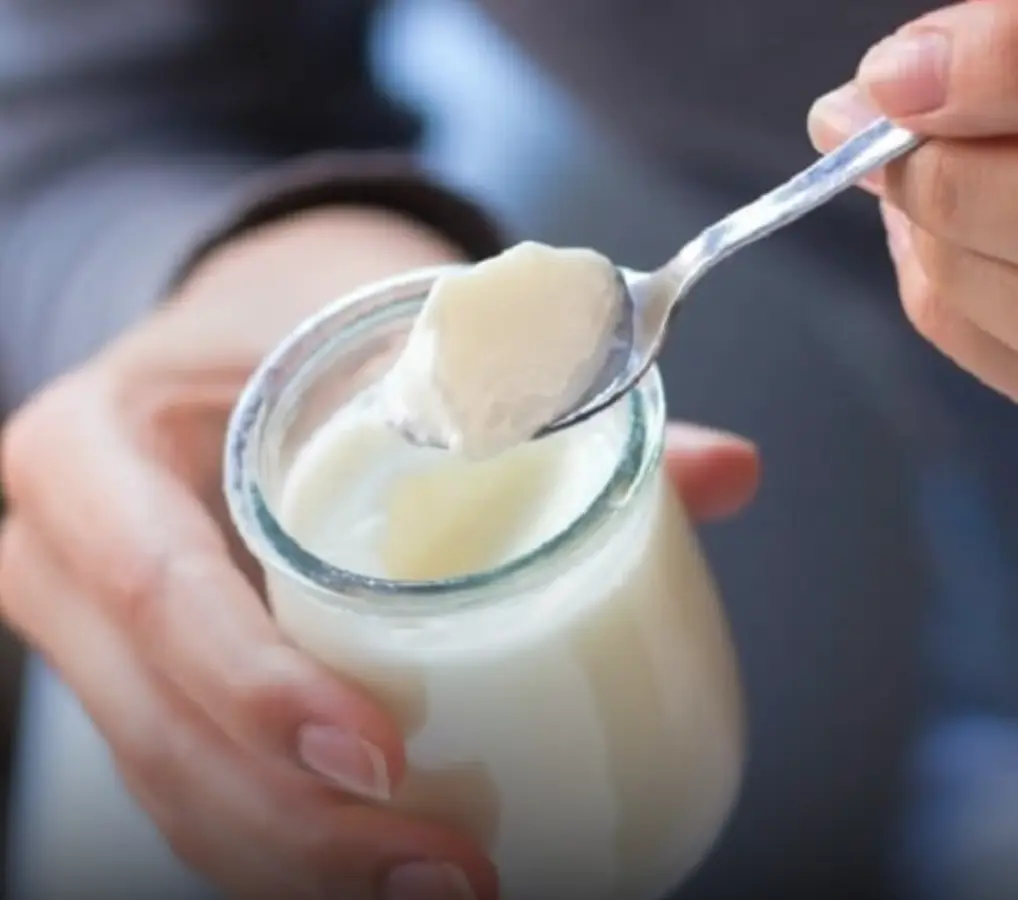
Eating yogurt with these 5 mistakes can bring more dis.eases into your body

8 foot massage points that help relieve issues

7 subtle symptoms that could signal serious health problems
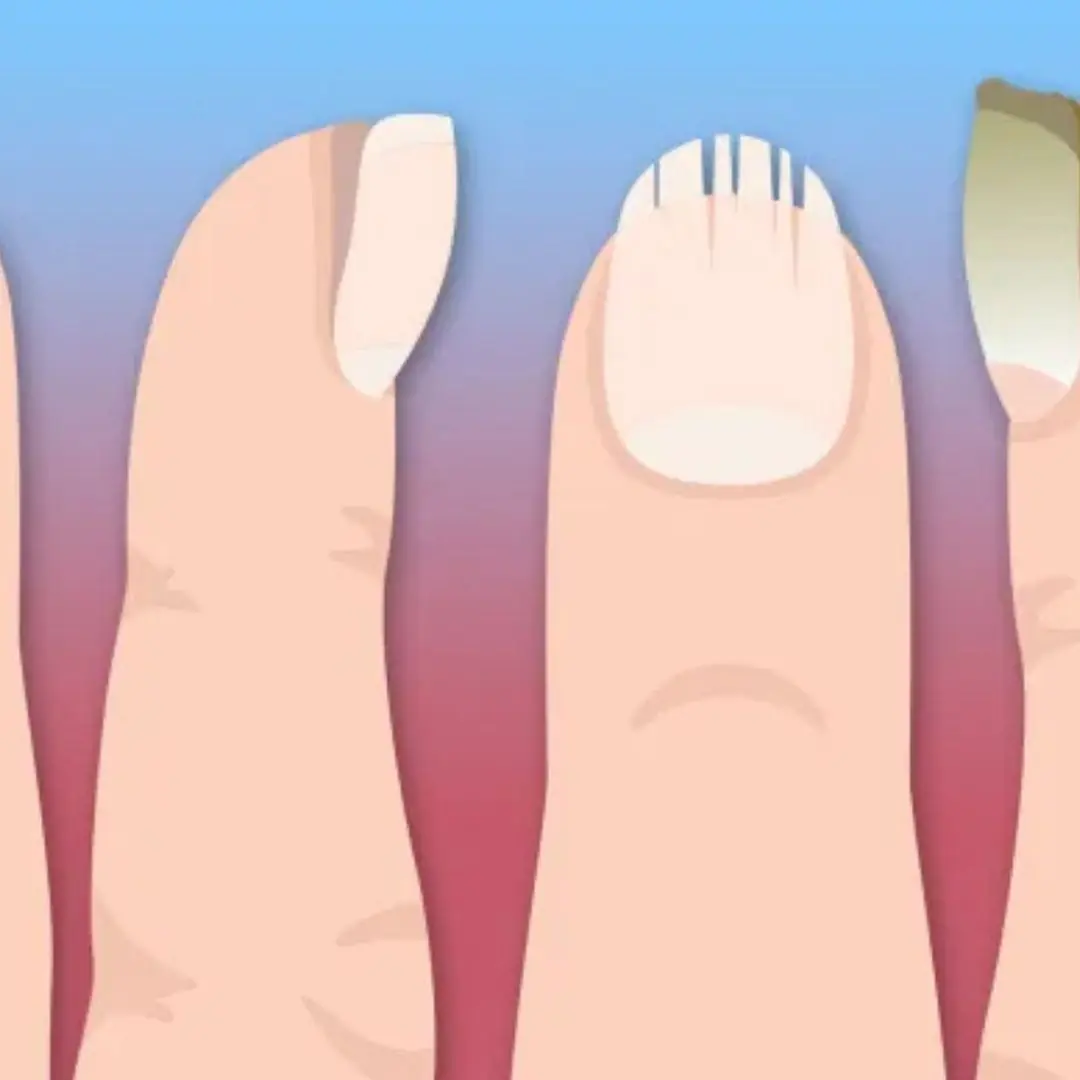
The 5 ‘silent’ can:cer signs you might miss on your nails

Warning about the habit of "welcoming" can:cer into the body, many people know but still do it
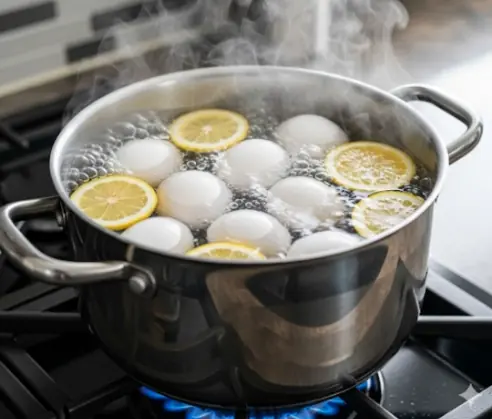
Boiling Eggs with Just Water is Not Enough
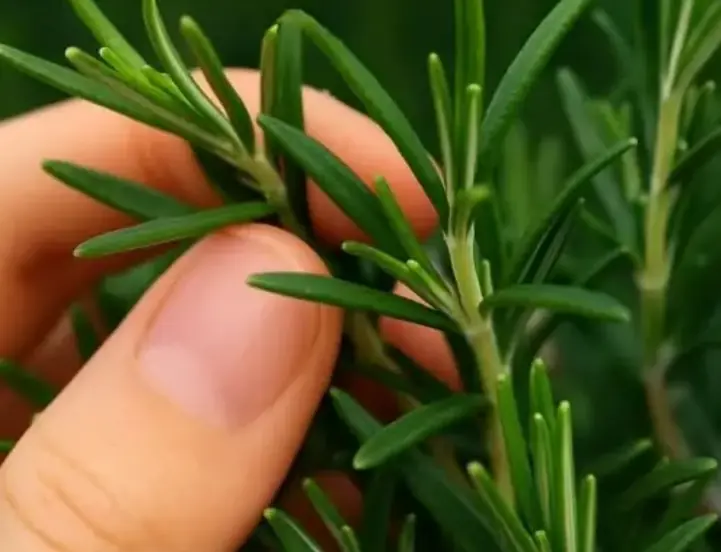
Discover the Power of Rosemary: Nature’s Potent Pain Reliever & Healing Herb

Doctors Urge: Stop Eating These 6 Foods That Fuel Cancer Growth

10 Warning Signs of Stroke One Month Before - Unbelievable Signs... Revealed!
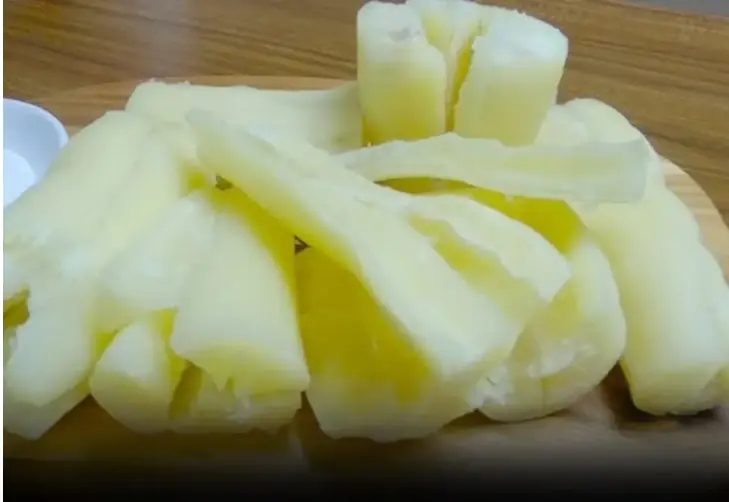
Over 200 People Are Killed By The “World’s Deadliest Food” Every Year
News Post

4 Vegetables Easily “Treated” with Chemicals

The Part of the Pig Often Dismissed as “Dirty” and Thrown Away: Turns Out It’s a “Miracle Food” with 10 Times More Iron Than Meat

An 8-Year-Old Girl Complained of “Sto.mach Pain” Every Friday Afternoon

Eating Eggs Can Be Harmful for These 5 Groups of People: Better Stay Away!

Early detection colon polyps: The key to effective can.cer prevention

Think it’s harmless? The risks of wearing bras to sleep might surprise you

What dise:ase is gr.oin pa.in a symptom of?

These 10 symptoms indicate latent diabetes

What sleeping on the left side does for our brain, stomach and lymphatic health

Eating yogurt with these 5 mistakes can bring more dis.eases into your body

8 foot massage points that help relieve issues

7 subtle symptoms that could signal serious health problems
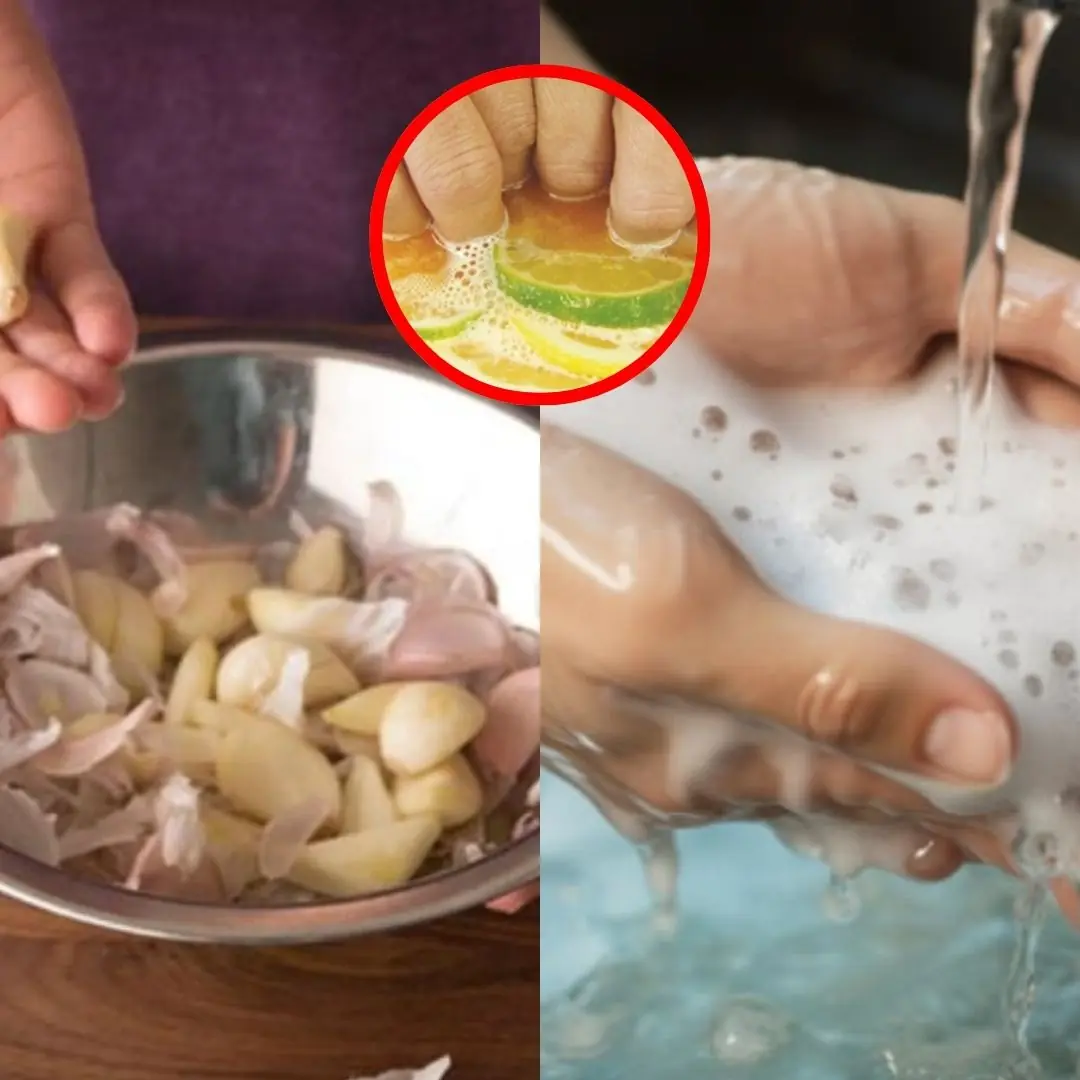
Struggling with garlic or onion smell on your hands? Try this simple trick—1 minute and it’s gone!
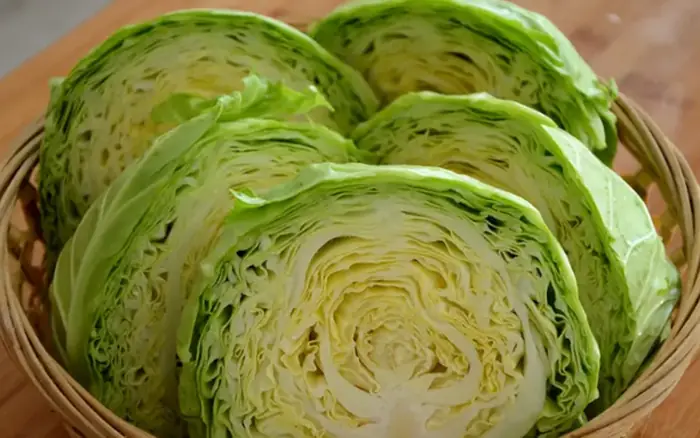
Tightly Wrapped or Loose Cabbage – Which Tastes Better?

The 5 ‘silent’ can:cer signs you might miss on your nails

Warning about the habit of "welcoming" can:cer into the body, many people know but still do it

Boiling Eggs with Just Water is Not Enough

Discover the Power of Rosemary: Nature’s Potent Pain Reliever & Healing Herb
